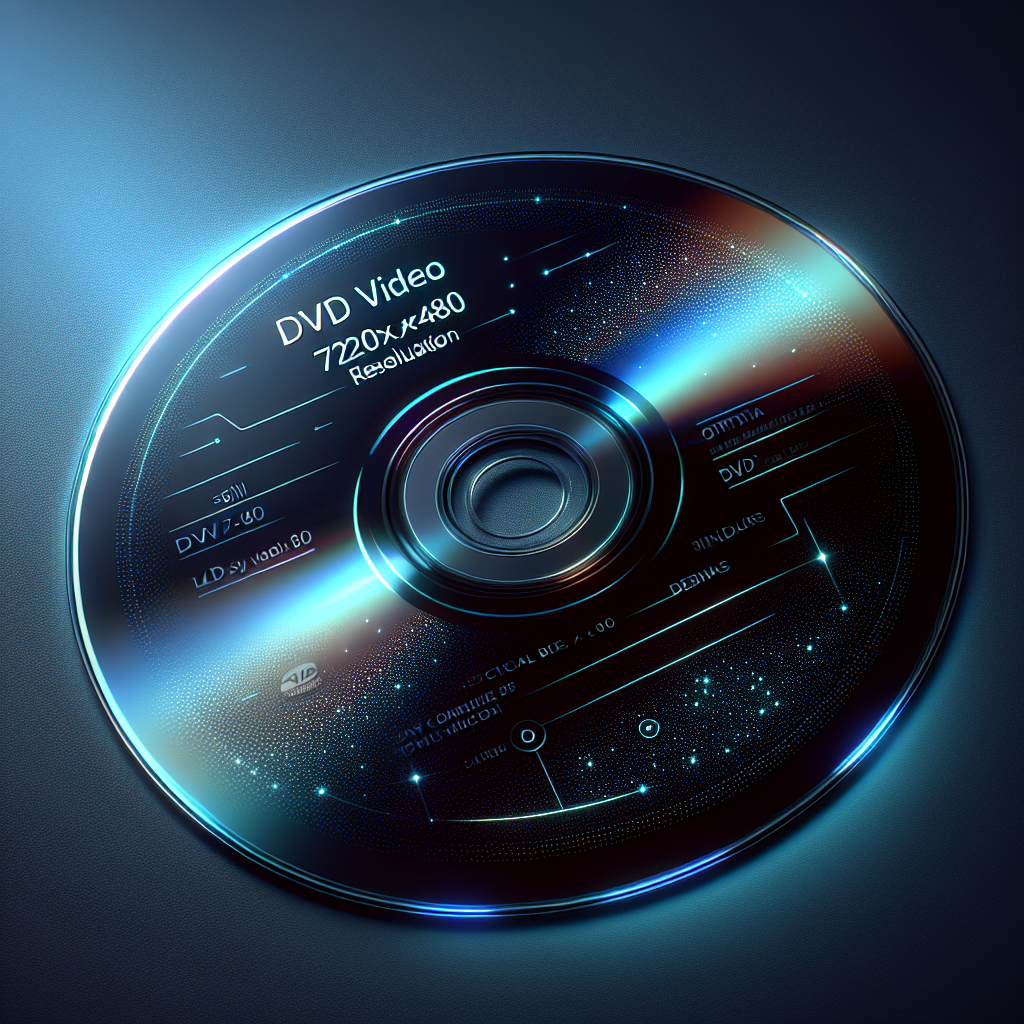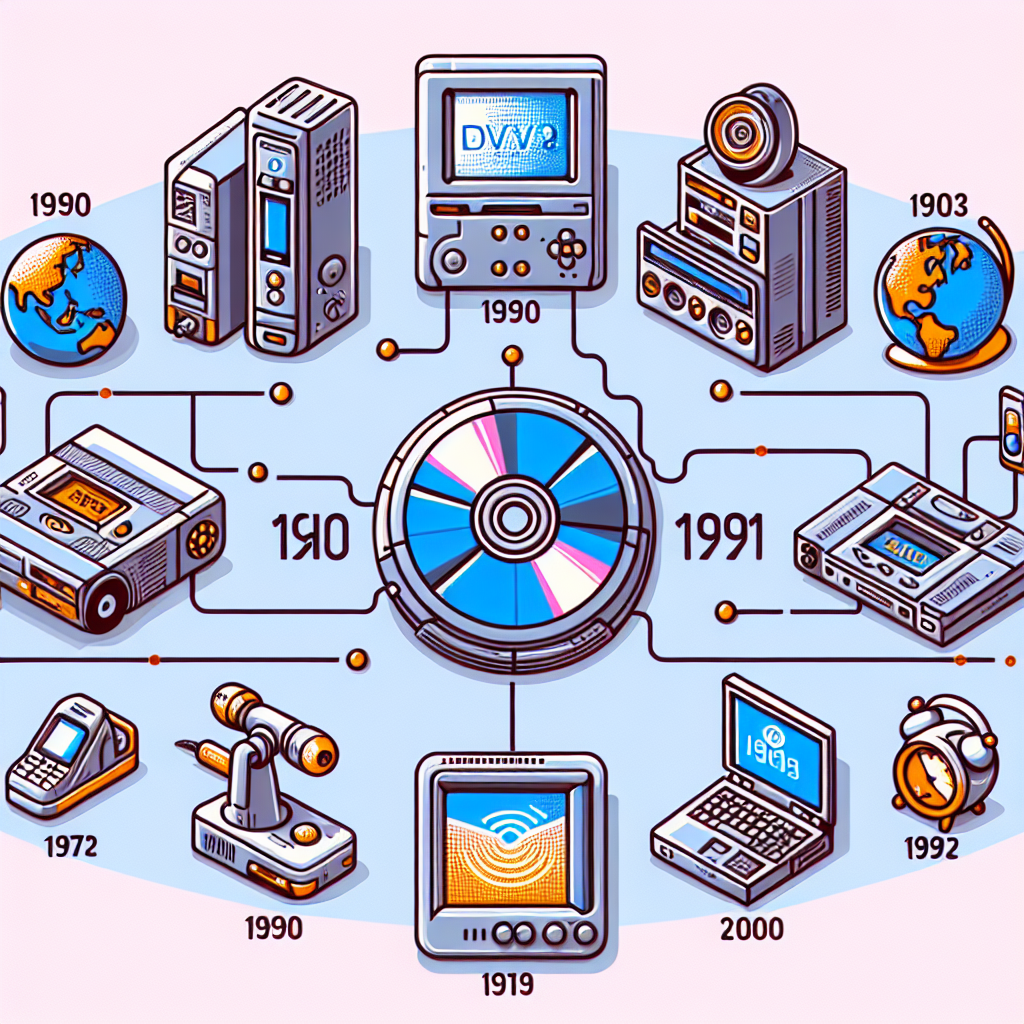Understanding DVD Resolution: A Comprehensive Overview
Authored by an industry veteran with over two decades of expertise in digital media and video technology.
Objective & Relevance
In this post, we will explore the granular details of DVD resolution and its significance in the realm of digital media. The resolution of a DVD, or any other visual output, plays a crucial role in determining the quality of the viewer’s experience. As direct consumers of media in various formats, understanding this seemingly technical concept becomes of primary importance. This awareness not only aids in making informative purchasing decisions but also facilitates meaningful discussions surrounding changes and advancements in the industry.
Decoding the DVD Resolution
A standard DVD’s resolution commonly known as SD or Standard Definition, equates to 720 pixels by 480 pixels (720×480) for regions that make use of the NTSC system, such as the United States. However, for regions employing the PAL system, like Europe and Australia, the typical resolution sits slightly higher at 720 pixels by 576 pixels (720×576).
DVD Resolution: A Deep Dive
The pixel count for a DVD merely provides a basic understanding of the concept. The true essence of a DVD’s resolution is understood better when delving deeper into interlacing and aspect ratios. This post offers insights into these parameters, which contribute significantly to a DVD’s resolution, thereby enriching your understanding like never before.
Insights beyond the Surface: Interlacing and Aspect Ratios
Typically, DVDs use interlaced video, which splits frames into two fields to convey motion more smoothly. This is represented as ‘i’ in the 480i or 576i notation. These fields flicker rapidly between odd and even lines of resolution, offering an illusion of complete frames.
Most DVDs also support both 4:3 (for standard TVs) and 16:9 (for widescreen TVs) aspect ratios. The aspect ratio refers to the proportional relationship between the video’s width and height. Hence, while the pixel count may seem less for DVDs compared to modern formats, the overall viewer experience is more nuanced due to the interplay of these two parameters.
Quality & Presentation
Paying heed to the laid principles of quality DVD reproduction, such as accurate interlacing and suitable aspect ratio selection, can elevate the viewing experience. While the world has entered the reign of High Definition and 4K videos, DVDs still hold their ground in delivering satisfactory visual output when optimized effectively.
Final Thoughts
While technicalities can seem daunting, a solid understanding of concepts such as DVD resolutions can enhance our appreciation of digital media. With the advent of more advanced technologies, the discussion around resolution has gained momentum. Still, DVDs continue to be a substantial part of our media consumption, making the understanding of DVD resolution significantly relevant even today.



